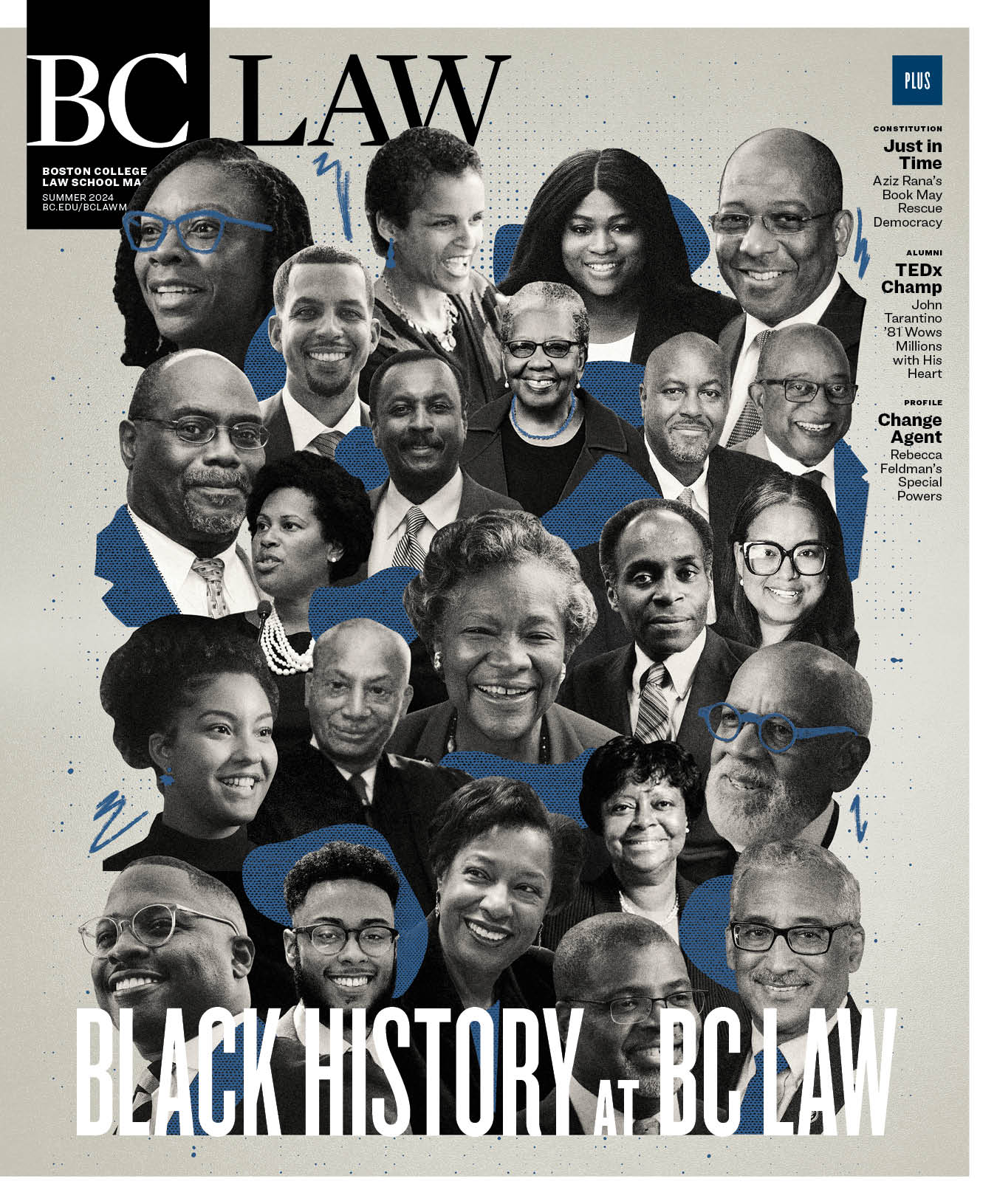For nearly one hundred and fifty years, the Socratic method has endured as the hallmark of American legal education. To the lawyer as to the man on the street, Socratic questioning is the rite of passage for all would-be attorneys during their first year of law school. Fictionalizations abound: Professor Kingsfield in The Paper Chase and Professor Perini in One Lhave created an image of the typical law school professor as someone who intimidates, prods, and even humiliates his students in a dramatic intellectual battle between professor and pupil.
This is more myth than fact. In the last fifty years, legal education has undergone a remarkable transformation, and the Socratic method of the 1950s has gone the way of the necktie and briefcase. Students still participate in law school, but the classroom experience today is a shadow of its former self.
There is a chicken-and-egg quality to the story of how legal academia became disenchanted with the Socratic method. Was it the students who led the charge, fed up with feeling harassed and humiliated by their overbearing instructors? Or was it the professors themselves who, eager to get their students to like them, desperate to make tenure, and wary of open confrontation generally, retreated from the old ways?
Regardless of who began it, a constellation of critiques emerged in the 1970s blaming the method for all sorts of ills. These new critiques—the disinherited intellectual heirs of the legal realism movement a generation before—claimed the method was hierarchical, replicating patriarchy and perpetuating a narrow, adversarial approach to law. The method was also said to sideline other (more effective) methods of teaching while devaluing “non-traditional” ways of thinking about law.
Have law schools come full circle? From the energetic interrogations of Christopher Columbus Langdell and Earl “Bull” Warren to a wholesale rejection of the method and all it was said to stand for, are we now back again, humbled by the awareness that Socratic-style questioning has something precious to offer, something vital to the practice of law? And if we are seeing a rebirth of Socratic-style teaching, have professors learned enough to avoid the mistakes of the past? Can we, as Yale Law School Dean Heather Gerken terms it, teach “Socrates with a heart”? As the scholar Susan H. Williams wrote in 1993, “it would be ironic and wonderful if the Socratic method, a tool that has been used for so long to shore up an edifice of privilege and oppression, could also be used, in new hands and with a new heart, to build a better future.”
There are as many views on the Socratic method as there are teachers of law, but at BC the tradition is viewed among faculty and students as here to stay. “My goal is Socratic Lite,” says Professor Jeffrey Cohen, who rejects the view that Socratic style necessarily “prefers” certain types of students—after all, grades come down to final exams. “Some people are really great at writing and terrible at talking,” Cohen adds. “Students who are good at Socratic method may not be good in class, and the quiet [student] who is terrified of Socratic writes a beautiful exam.”
Instead of scuttling the Socratic style, we should look to the origins of the method to rediscover its enduring strengths, its ability to foster wisdom and develop character. Such a renaissance—a rebirth of the question—has never been more vital, as colleges struggle to prepare students for the rigors of law, and as new technologies like artificial intelligence threaten to replace the fundamental work of lawyering: thinking.
To read Finnegan Schick’s full article on the history of the Socratic method, click here.



